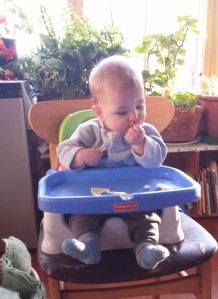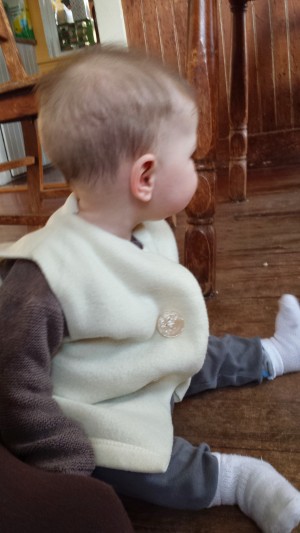Ever since the geek world went steampunk, I’ve been thinking about getting back into costuming. I used to make the costumes for school plays and Renaissance fair type stuff. And lately, I started craving an 1870s dress. You know, back when dresses were really dresses.
But I’m too cheap to buy 10 yards of fabric and too busy to spend weeks perfecting a bustle, especially for a dress I would realistically only wear once a year at Boston’s science fiction and fantasy convention. I decided to just make a corset instead.
Part of me feels like a bad feminist for doing this. Corsets were a major health and social issue of the 19th century. Writers condemned “the folly and iniquity of tight-lacing.” A doctor writing to the Lancet declared “The practice is a injurious to the health as its effects are monstrous to the eye.” Freedom from corsets should be counted as a major win for womankind.

But I went ahead with it.
It had been a while since I worked on a serious sewing project. I was reminded of how technically complicated it is to make 2-dimensional, non-stretch fabric mold to the female torso. Years ago a boyfriend, trying to find an interest we had in common, asked me “Are there clothes engineers?” We decided there were certainly engineers in the bra industry. Corsets are, if anything, more engineered.
When you start looking for a corset pattern, you realize how many people there are on the internet who are deeply into corsets. There are lots of fetishists, of course. There are people who are still into waist training, or remolding your actual body through near-constant corset wearing. (Most disturbing advice: “You may eventually get sores while wearing training corsets. . . . If you continue to wear training corsets with sores, you should make sure you put sterile dressing pads on them.”)
There are also serious hardware debates: “Common fabric store grommets I have found to be an abomination.” “Light weight narrow plastic boning . . . perhaps if used in the hundred plus numbers still they might hold up, but in truth they’re a waste of petrochemicals.” (If you’re wondering, spring steel is the favored material for stays. Whalebone is sooo out.)

I used a yard of black velveteen I had bought at Dollar a Pound. I was scared by the super-technical pattern drafting tutorials out there, so I used the duct tape method. I used strips of plastic milk jug for the stays, which is not as stiff as I hoped for, but I was pleased to find my machine could sew it directly to the fabric.
The finished project has flaws. It’s too big, so it doesn’t get as tight as I would like. (Not that I’m interested in rearranging my ribs.) But for five hours’ work and about $3 in materials, I’m pretty happy with it.

























